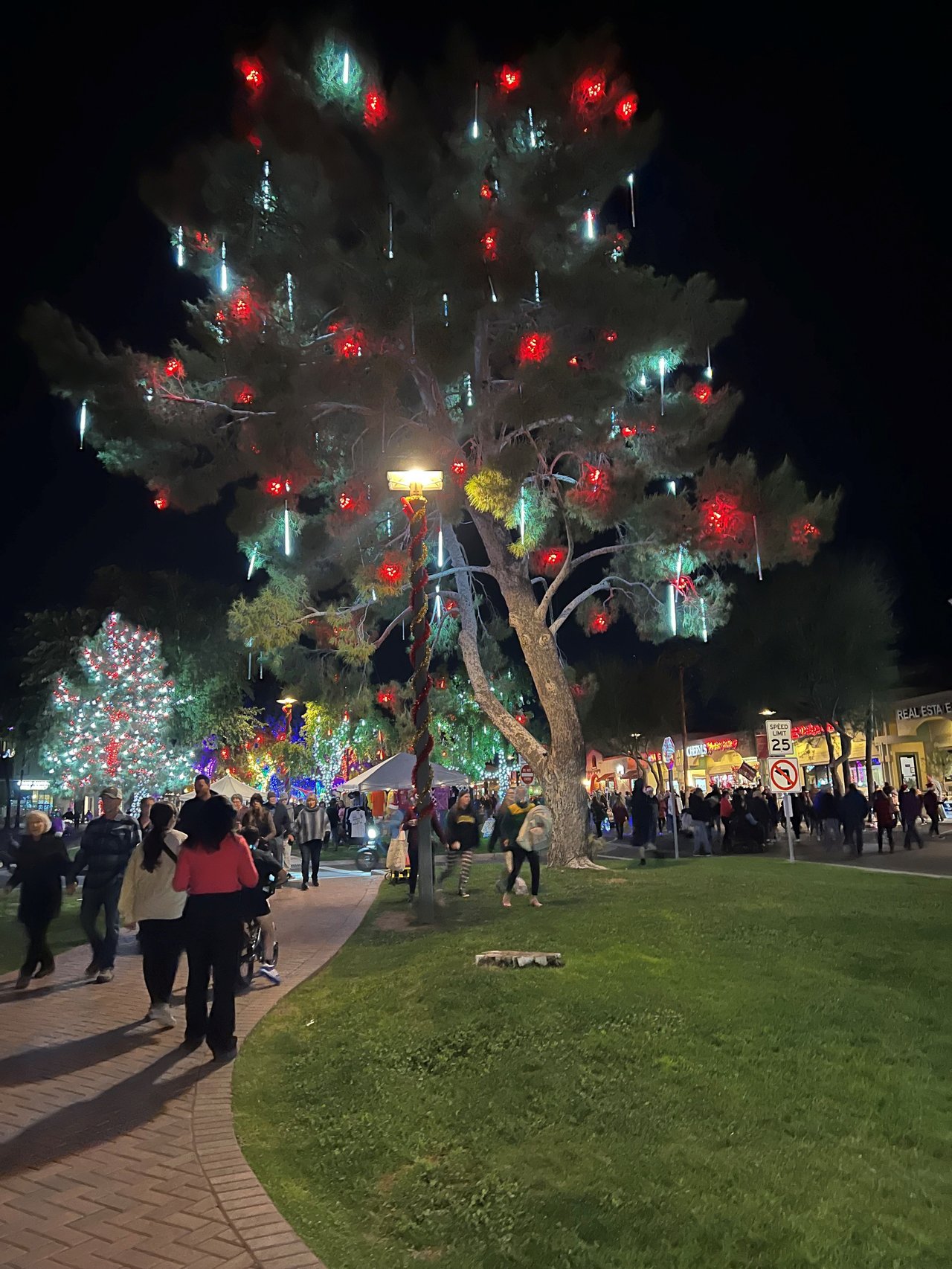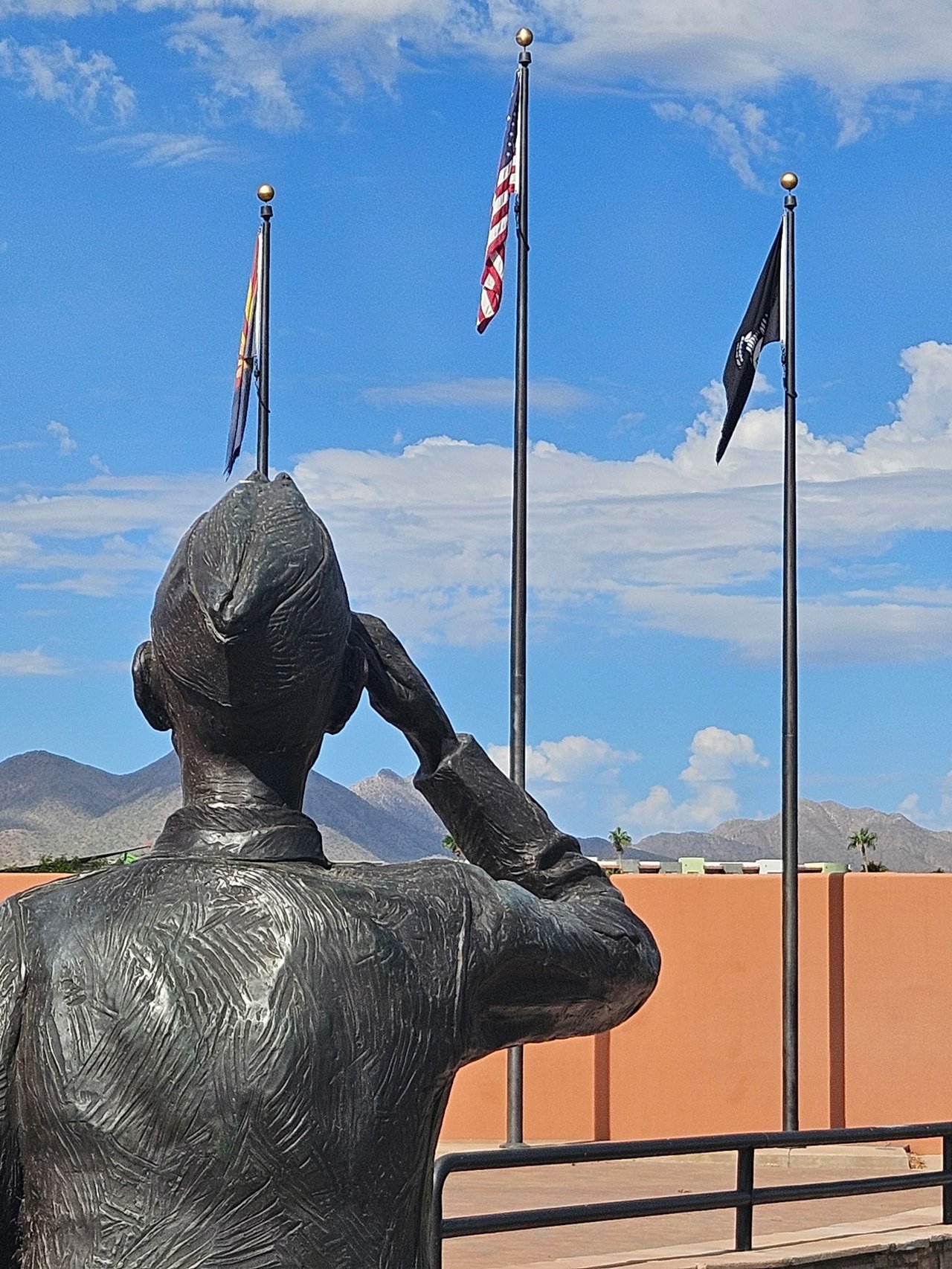Arizona has unique weather patterns compared to the rest of the country with terminology that is not used in other states. When it comes to summer weather, most year-round residents look forward to the monsoon storms that cool the stifling desert heat. But what causes this unique weather?
Monsoons
The word monsoon comes from the Arabic word “mausim”, which means “season” or “wind shift”. During the winter, Arizona’s wind comes from the west or northwest. But in the summer, the wind shifts, coming from a southerly or southeasterly direction. This brings moisture up from the Gulf of Mexico and the Gulf of California.
Combine the shift of the wind, the increase in moisture, and soaring daytime temperatures, and the result is the monsoon season.
The official start of the monsoon season occurs after three consecutive days or more of dew points of 55°F or higher. For a monsoon storm to form, the temperatures in Phoenix need to be between 100-108°F. The monsoon season usually runs from July through September.
Haboobs
The word haboob comes from the Arabic word “habb”, meaning “wind”. These occur in the second stage of thunderstorm development.
In the first stage, called the updraft stage, warm, moist air is lifted and condenses to form cumulus-type clouds. There is little to no precipitation in this stage.
The second stage, called the mature stage, has both updrafts and downdrafts. Downdrafts form at the leading edge of a thunderstorm when the air is pulled downward by precipitation. As the air descends, it often hits the ground and is forced out ahead of the storm in a gust. The gust picks up large amounts of dust and sand and creates a wall of dust we call a haboob. With wind velocity over 30 mph, haboobs can rise to heights of more than 3,000 feet.
The third stage is when the storm finally dissipates and leaves us with cooler temperatures for the rest of the day.
Downbursts
Intense pockets of downdrafts can create severe weather conditions called downbursts. These are bursts of damaging winds that slam into the ground. A large downburst, called a macroburst, can be 2.5 miles long with winds lasting 5-20 minutes. A microburst is smaller with peak winds lasting just 2-5 minutes.
Most smartphones offer severe weather alerts. Check out your phone’s Settings and look under Notifications.










